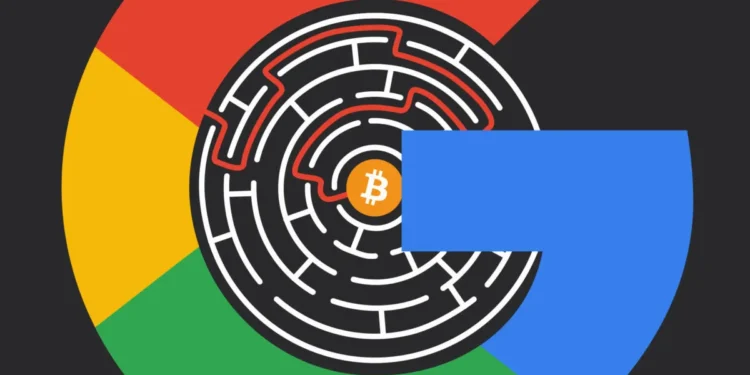In the fast-evolving realm of technology, Google’s recent quantum computing breakthrough, marked by the unveiling of the quantum chip “Willow,” has stirred significant discussions within the Bitcoin community and among blockchain enthusiasts. The announcement, led by Google CEO Sundar Pichai, has reignited the perennial debate regarding the potential vulnerability of Bitcoin to quantum computing threats.
The response from the cryptocurrency sphere was mixed, with humorous and critical reactions alike. Geiger Capital’s tweet humorously proclaiming “Bitcoin is dead” highlights the recurrent skepticism that surfaces with each advancement in quantum technology. Despite these periodic doubts, a deeper exploration reveals that Bitcoin’s cryptographic framework remains robust against the burgeoning field of quantum computing.

Quantum Computing Demystified: A Glimpse into the Future of Computing
Quantum computing represents a paradigm shift from traditional computing methods. It employs qubits, capable of existing in multiple states simultaneously, thanks to the principle of superposition. This capability, coupled with quantum entanglement, allows quantum computers to perform complex calculations at unprecedented speeds.
Despite these advances, the practical application of quantum computing in breaking cryptographic codes, such as Bitcoin’s SHA-256 algorithm, remains a distant reality. Current quantum machines, including Google’s Willow, which boasts 105 qubits, are prone to errors and require near-absolute-zero temperatures to function—conditions that are not yet conducive to mainstream application.
Bitcoin’s Cryptography: A Quantum Perspective
Bitcoin integrates the SHA-256 cryptographic algorithm, which secures its blockchain and transaction integrity through a proof-of-work system. The theoretical threat of quantum computers utilizing algorithms like Grover’s to halve the computational complexity does exist. However, the scale of quantum resources required to pose a real threat to Bitcoin’s encryption is still far out of reach.
Furthermore, the design and ongoing evolution of Bitcoin’s security measures have consistently factored in potential quantum threats. As early as 2010, Bitcoin’s creator, Satoshi Nakamoto, acknowledged these concerns on public forums. The community has since adapted, implementing practices like single-use addresses and updating public key exposures only at transaction points to shield against hypothetical quantum attacks.

The Reality of Quantum Threats: Hype vs. Impact
Critics like physicist Sabine Hossenfelder and mathematician Gil Kalai have expressed skepticism about the immediate implications of quantum advancements on daily life and security systems. Hossenfelder criticized Google’s previous quantum supremacy claims as overstated, and Kalai highlighted potential methodological errors in quantum computing research.
The consensus among experts suggests that while quantum computing is advancing, it is not yet capable of undermining the cryptographic foundations of Bitcoin or similar technologies. Instead, other cryptographic systems employed in sectors like finance and defense are likely more susceptible to future quantum disruptions.
Market Implications and Bitcoin’s Quantum Preparedness
The Bitcoin market, known for its volatility and speculative nature, has had decades to assimilate the potential impacts of quantum computing. The foundational design of Bitcoin, informed by an understanding of quantum computing’s trajectory, reflects a proactive approach to these theoretical threats.
Moreover, Bitcoin’s adaptability through decentralized governance allows for the integration of quantum-resistant measures if and when they become necessary. Discussions around quantum-proof cryptographic algorithms and protocol adjustments through soft forks have been ongoing, underscoring the community’s commitment to future-proofing Bitcoin against all forms of technological disruptions.

Google’s Willow chip has certainly added a new layer to the discourse on quantum computing’s intersection with cryptocurrency security. However, the practical impact of this technology on Bitcoin’s current cryptographic defenses remains minimal. Bitcoin is far from dead; it is adapting, evolving, and continues to stand robust against the theoretical quantum threats on the horizon.
The narrative surrounding Bitcoin’s susceptibility to quantum computing needs a recalibration, focusing on the cryptocurrency’s inherent strengths and its community’s proactive measures to stay ahead of potential technological challenges. With each quantum leap by giants like Google, Bitcoin’s foundational technology is not weakened but rather tested and strengthened, ensuring its resilience and reliability for the future.










